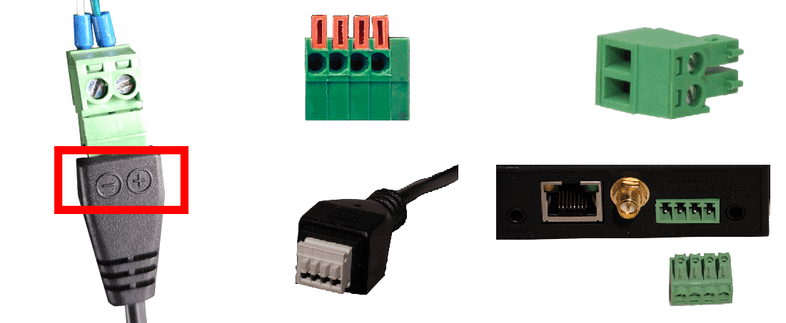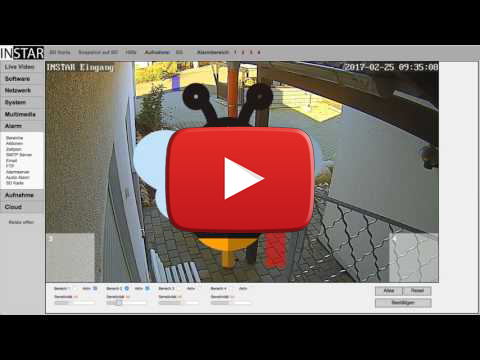Q: Why am I getting a flood of false alarms at night?
A: Recently, I try to adjust the camera and can not manage to reduce the flood of false alarms (about 100) during the night without losing the monitoring function. During the day it works wonderfully.
The camera itself works with an image comparison to detect a movement. If something changes in a picture, the camera will trigger depending on the sensitivity. In principle, it is therefore often advisable to place the areas as best as possible and to adjust the size. Watch in this video how the motion detection of the camera works and how to adjust the areas as best as possible:
The software can only quantify changes, but they can not be assigned qualitatively; much more computing power would be required for this. Therefore, we are currently working on an extended motion detection within our cloud solution, where you can implement it. Rain detection is already integrated, for example.
If you want to get rid of such "false alarms", you can use the alarm input of the camera and connect a PIR motion detector there. This reacts to changes in the heat radiation:

In Summe hat jede Bewegungserkennung seine Schwachstellen um diese auszumerzen, können Sie bei den HD Kameras die Alarmbereiche und den Alarmeingang koppeln (sprich diese werden durch ein logisches UND verknüpft). Die Kamera löst nur dann aus, wenn beide Alarmgeber auslösen. Mit dieser Variante kann man dann die besten Ergebnisse erzielen.
Sie können aber ansonsten auch jeden anderen Bewegungsmelder nutzen den es auf dem Markt gibt. Dieser muss lediglich einen Alarmkontakt haben damit Sie diesen mit dem Alarm Eingang der Kamera verbinden können.
Kameramodelle, wie die IN-9008 Full HD haben diesen Bewegungsmelder direkt mit im Gehäuse integriert (#4):


